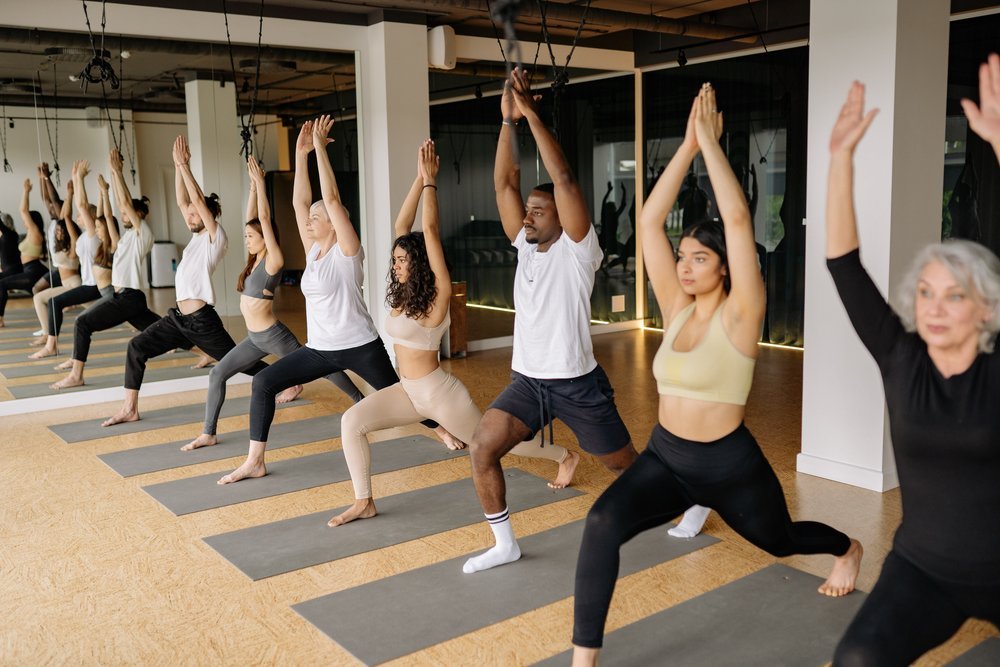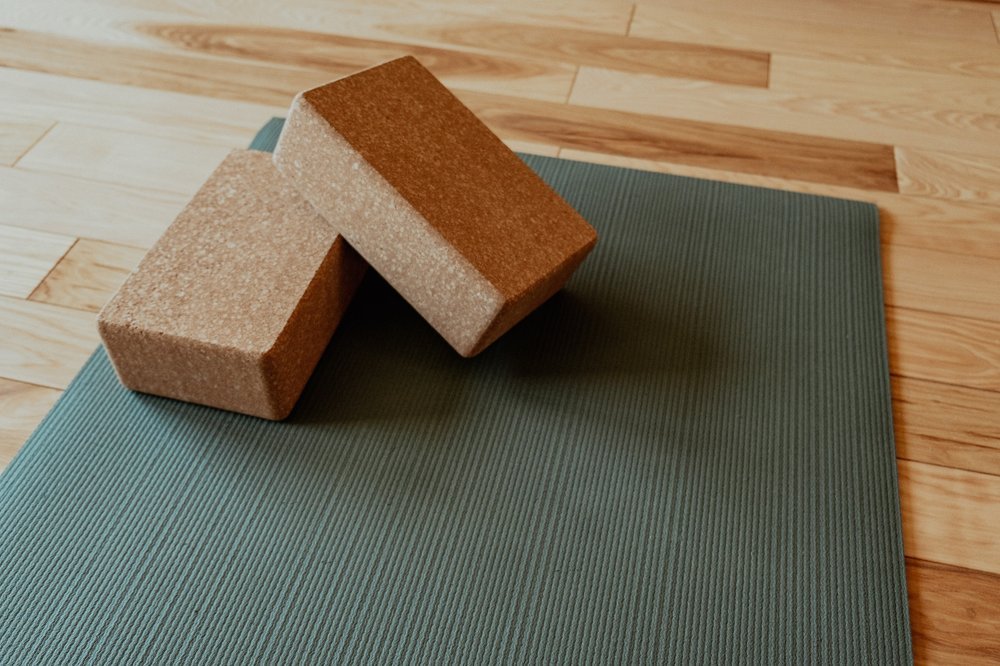Kinstretch Vs. Yoga - How do they differ?
Kinstretch and Yoga are often assumed to be similar when in reality they are completely different practices.
In Kinstretch mobility training is intertwined with strength training in a way that improves mobility, body control, and strength. This often includes working at progressively increasing (or maximal) efforts.
In contrast, Yoga seeks to connect the body with the mind through movement (asana), breath (pranayama), and mindfulness (meditation). Unlike Kinstretch, Yoga is unlikely to include maximal muscular efforts.
Let’s paint you a picture of what you can GENERALLY expect in each type of class.
What to Expect in a Yoga Class:
Yoga classes often involve exploring various postures/positions, bringing attention to the present moment by observing sensations in the body (tension, spaciousness, relaxation, etc.) and in the mind (attitude, thoughts, emotions, etc.).
Yoga classes vary drastically depending on the type of Yoga and the instructor teaching. In a VERY general sense, a typical Yoga class will involve:
· An introduction to the class’s theme
· A warmup
· Working through various poses to prepare the body for the peak or primary pose
· A peak pose followed with counterbalancing poses
· A cool down leading into the last pose (or savasana and relaxation)
· Breath work and meditation may be integrated before or after the movement practice
Depending on the Yoga style classes can be very dynamic (Vinyasa Yoga, Power Yoga) or very calm, static, and restorative (Yin Yoga, Restorative Yoga, Yoga Nidra), or anywhere in between.
What to Expect in a Kinstretch Class
Kinstretch classes also vary significantly depending on the instructor, the goal of the class, and the type of Kinstretch class. Kinstretch classes are often joint-focused (i.e. hip class) but may also be movement focused (i.e. a squat class).
In general, Kinstretch classes will include some passive stretching followed by strategically applied isometrics (called PAILs/RAILs). These PAILS and RAILs involve training the muscles that are in a long (stretched) position and the muscles in a short position (you can learn more about what PAILs/RAILs are here).
This is often followed with various other techniques to build control, strength, and resilience in new or end ranges of motion. These techniques may include passive range holds, lift offs, eccentrics, etc.
A Unique Feature of Kinstretch Classes
While Kinstretch does fall in the “fitness instruction” category, one component that is largely unique to Kinstretch is the self-assessment or joint screening component.
Your instructor will typically teach you how to self-assess each of your own joints and how to know which types of sensations are “OK” and which warrant going for an assessment.
If you do find something that warrants an assessment, your Kinstretch instructor often help you find a manual therapist in your area.
You can usually expect your Kinstretch instructor to have a background and education in human anatomy which informs the self-assessment/screening and education components of the class.
Each Kinstretch instructor holds multiple certifications with Functional Range Systems and many of them are also physical therapists, chiropractors, massage therapists, strength coaches, and so on.
Yoga and Kinstretch Equipment And Props
Commonly used props in Yoga include blocks, bolsters, straps, and chairs.
In Kinstretch you will also often see blocks and mats being used. Kinstretch classes also frequently incorporate the use of dowels, tennis balls, plyo boxes, or similar objects depending on what the environment has to offer.
How the Same Position is Used in Yoga Vs. Kinstretch
It is not uncommon for Yoga poses like the pigeon pose to also be used in Kinstretch. However, the application of how the same pose is used in each practice differs substantially and shines a light on some of the differences between Yoga and Kinstretch.
In Yoga, you may find yourself moving from one pose, into pigeon pose, and while lingering there you may bring attention to your body, breath, and mindset before transitioning into the next pose.
In Kinstretch your instructor will explain how to manipulate your body in a pigeon pose in order to isolate and achieve length in specific target tissues in your hip.
Once you’ve found a stretch in the target tissue, you will then spend some time stretching. During this time your instructor will typically be education you about your hip or about what you’re going to do next.
After stretching your instructor will often have you TRAIN in this position. Your instructor may walk you through you how to put progressively increasing degrees of force through the tissues that are in a lengthened state (the ones keeping you from getting any further into pigeon) and the tissues in a shortened state (the ones that pull you deeper into a pigeon stretch).
This may be followed by other techniques to help further build strength, neurological control, and tissue capacity in the pigeon position or in hip external rotation.
Flexibility Vs. Mobility
Much like Kinstretch and Yoga, flexibility and mobility may sound similar despite being very different.
Flexibility is how far you can move passively (see the photo above for an example). Yoga is great for improving flexibility as it involves a lot of passive stretching, holding positions where tissues are lengthened, and performing deep breathing or calming the nervous system in those positions.
Kinstretch is great for improving mobility and helping to close the gap between flexibility (how high I could lift your leg) and mobility (how high you can lift your own leg).
A BIG Difference Between Kinstretch & Yoga
Yoga is generally a very parasympathetic practice. This means that it typically has a very calming and relaxing effect on the nervous system. While Yoga classes can be physically challenging, they are unlikely to involve maximal muscular efforts.
Much like doing a challenging workout at the gym, Kinstretch can be a very sympathetic and physically intense.
In Kinstretch classes it is common to find yourself producing high or maximal muscular efforts in the class. For this reason, it is not uncommon to find your body, limbs, or muscles shaking during a class.
Those who have experienced a class will likely empathize with the gentleman on the right in the above photo, as vibrating and sweating are not uncommon in Kinstretch.
The Best Way To Understand The Difference
While some of you may find reading about the differences to be helpful, the best way to learn the differences between Yoga and Kinstretch and experience the benefits of each practice is to try both for yourself!
Here is a free Kinstretch class to get you started:
Yoga & Kinstretch Comparison Video
With Gratitude…
I’d like to extend a special thank you and shout out to Yoga Instructor and Physical Therapist Vanessa Park-Pancheri for informing Yoga sections of this blog and video. Thank you, Vanessa!








